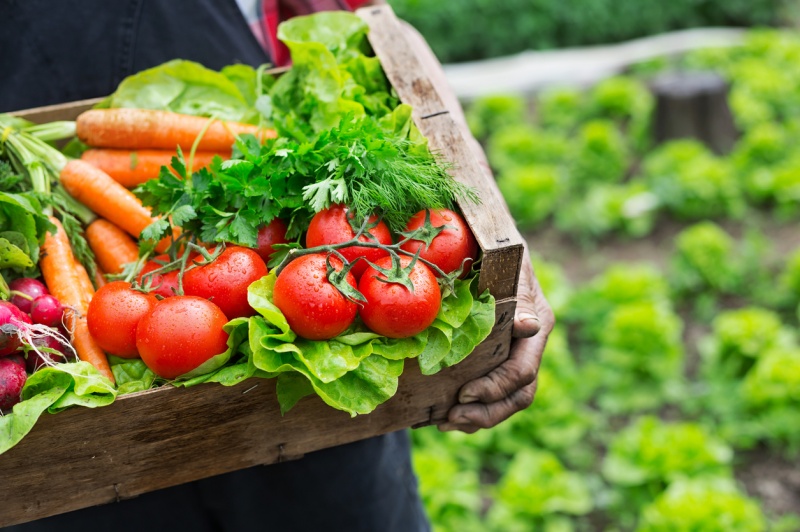|
How to Revive a Lackluster Veggie Garden
 Many of us kick off summer with ambitious plans for a bountiful vegetable garden, only to find ourselves disappointed with poor growth and no signs of fruit a few weeks later. However, it might not be your lack of a green thumb, but rather, several common culprits that are responsible for a lagging veggie garden. Consider whether any of the following are at play:
- Not enough sunlight. To grow strong and thrive, most vegetables need at least eight hours of sunlight a day, especially the fruit-bearing kind, like tomatoes, peppers and cucumbers. You might be able to grow some leafy greens and herbs in partial sunlight, but that’s about it.
- Poor soil. Rich, healthy soil is critical for growing veggies. A soil test will give you a good idea of your soil’s fertility and pH level. If it’s not up to par, try a homemade compost or organic fertilizers to help improve your soil quality.
- Not enough (or too much) water. The right amount of water is critical. Newly seeded beds will need frequent watering; however, established crops can get by on one or two inches of water per week, says Nikki Jabbour at savvygardening.com. She recommends conserving water by mulching the soil with several inches of straw or shredded leaves, which will also go a long way toward reducing weeds.
- Critters. Moles, deer, rabbits and the like can make a feast out of your vegetable garden, and are pretty crafty about gaining access. Make sure your fencing extends six inches under the soil to prevent bunnies from burrowing underneath, and at least eight feet above the ground to prevent deer from jumping over.
Before you throw in the towel, assess the situation and see if you can troubleshoot any of the areas above to bring your vegetable garden back to life so that you can enjoy a healthy harvest before summer’s out.
Copyright© 2024 RISMedia, The Leader in Real Estate Information Systems and Real Estate News. All Rights Reserved. This material may not be republished without permission.
|